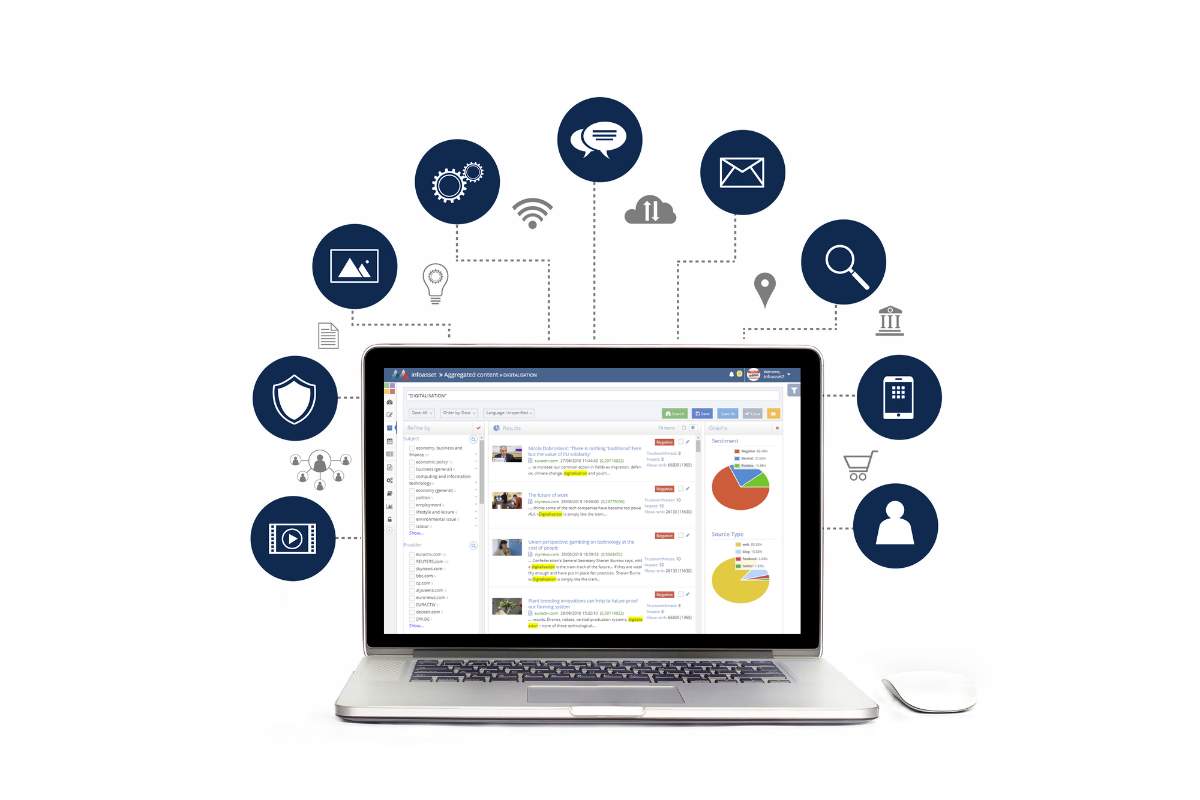Article by Kostas Vrachnos, International Business Development Manager of Athens Technology Center
In the early years of the COVID-19 pandemic, the value of the global digital asset management market was estimated to be USD 2,962.2 million in 2020. Based on recent reports by Techavio, the leading market research company, the global digital asset management market size is estimated to increase by USD 11,936.72 million by 2027. In fact, as seen within the report several companies are shifting from on-premises to SaaS to boost market growth.
In the new era of publishing, content is distributed in various media forms, both digital and print. This shift has brought significant changes in how news publishers manage and enhance their content to effectively promote their services and products. The importance of content management and content enhancement cannot be overstated in this dynamic landscape.
As previously seen in a blog post on the importance of DAM software, from the initial idea to development, production, and ultimately distribution, publishers rely on the collective efforts of various stakeholders; and as much of this process takes place online, there is the need of a unified, secure, and protected environment that covers all steps of the editorial journey.
So how can DAM software help news publishers maximize ROI?
Enhanced Search Capabilities
In the fast-paced digital landscape, finding specific digital assets can be a time-consuming task. However, with a DAM system in place, the process becomes streamlined. DAM enables users to search for assets using keywords and metadata, significantly reducing the time spent on locating relevant items. Additionally, it facilitates an efficient asset approval process, saving time for all departments involved.
Asset Reusability
In today’s content-driven world, publishers produce assets at an unprecedented volume. This abundance often makes it challenging to locate the required content promptly. DAM solves this problem by enabling the reusability of assets, minimizing the need for reproduction, and reducing associated costs.
Regulatory Compliance and Intellectual Property Protection
By investing in a robust DAM solution, news organizations can mitigate risks and detect any compliance issues, saving substantial resources and maintaining legal compliance. Just like any proprietary asset, digital content comes with usage terms, intellectual property rights, and legal regulations. Compliance with these aspects is essential. DAM plays a vital role in ensuring adherence to usage terms, verifying information, and tracking usage, all within a unified solution.
Other DAM benefits include:
Brand Consistency
All parties can publish content by using the same, branded files.
Full visibility
All content assets are accessible to all relevant parties, anywhere, anytime. As a result, publishers generate new revenue streams by seamlessly repackaging and re-using existing content.
Enhanced accessibility
In order to ensure that the right assets are available to the right people in the right formats, different user roles and permissions can be set up to control content availability to different user groups.
Effective distribution and dissemination from one location
Having a centralized editorial system enables publishers to easily schedule, publish, distribute, and broadcast content more effectively across all digital channels.
Further references
- Digital Asset Management: What It Is and Why You Need It
- The benefits of DAM in publishing
- Multimedia content piles pressure on publishers to manage digital assets or lose audience
- How digital media management has changed over 25 years: Research
- Navigating economic uncertainty: The publishers’ path to long-term brand authority and growth





